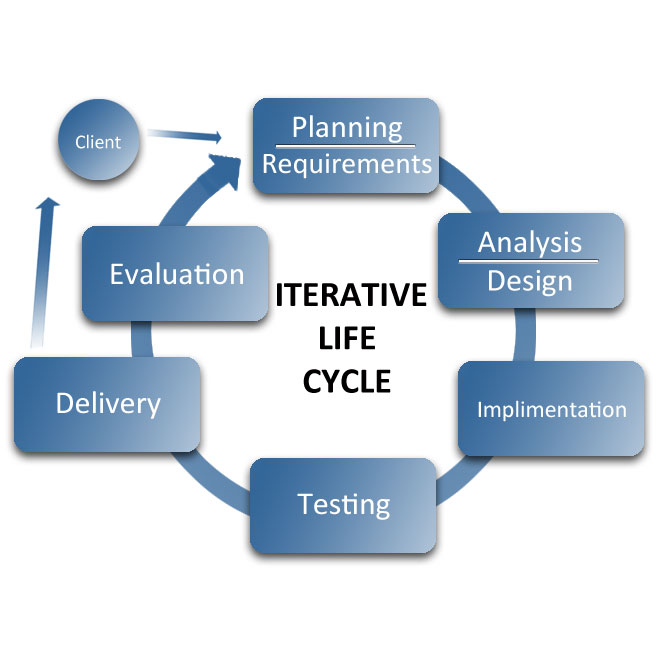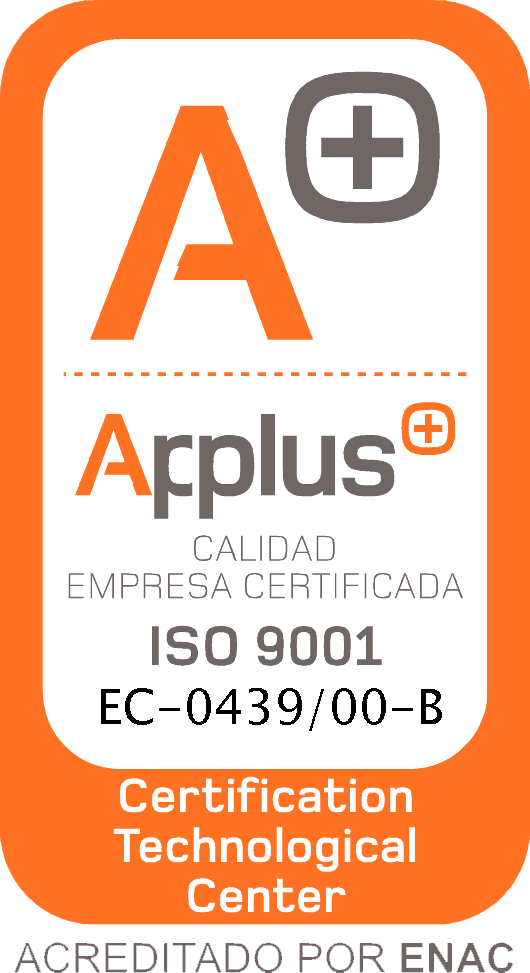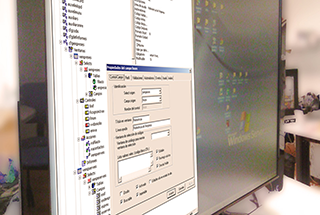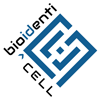What makes us different?

An agile methodology with a multidisciplinary team, active client involvement, project evolution according to stages and application of the scrum method allows us to obtain results swiftly and with great effectiveness.
Specific characteristics of the BioIdenti-Cell method
Agile methodology
We are driven by the goal of building solutions that are used and this methodology helps us to reach this goal.
We think that users should adopt what we built as theirs from the outset. We know that part of the success of the project lies in “how we make our way”. To this end, we take the following into consideration:

Client involvement
We involve our clients from the beginning. The most realistic way of building the application they need is to create iterations of the solution in short periods of time to reach the goal.

Project evolution
The stages of design, development, tests and implementation follow one another. Applications can work for the tasks they have been designed for from the first iteration and users start using them from the beginning. Thenceforth, the application grows as if it was an evolving project.

Client needs
We help clients discover what they really need during the project. Our competitive advantage lies in timely correcting deviations and being proactive in the search for solutions.
Scrum
The agile management model that has worked best for us.

We manage the lifecycle of projects following this methodology.

New projects are managed from the outset as an incremental and maintenance project. Maintenance projects are managed as projects in constant evolution.
ISO:9001
Our working procedures and instructions are guided towards this methodology.


Frameworks and own tools
We guarantee robust, homogeneous solutions tailored to each client and field by means of frameworks and lower CASE tools that generate management-oriented applications.
They are easy to maintain and can evolve with technological advances.

Scrum working methodology
Scrum is an agile methodology aimed at reaching the final goal based on successive iterations which the client may validate. Iterations are organised following this methodology focussing also on maintenance models. This is particularly relevant in a field as complex as the public administration.

Test Driver Development TDD
TDD is integrated into our working procedures and ensures perfect transmission between the analyst and the programmer. The final result is the following:
A programmed code + a test component which subsequently allows regression tests to be applied.


